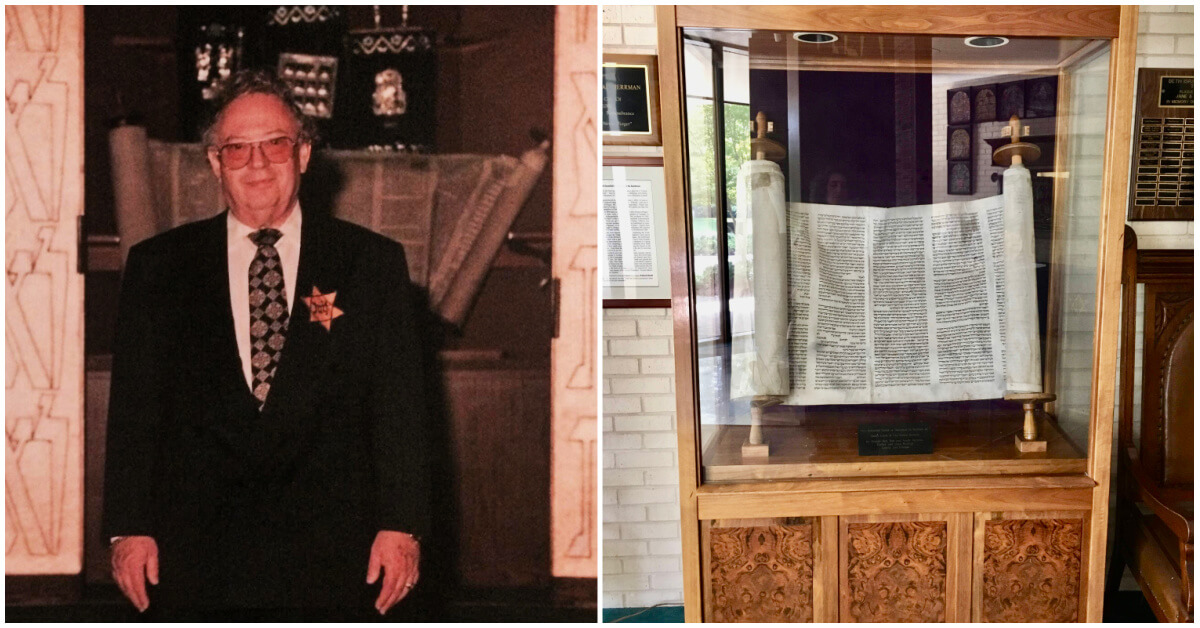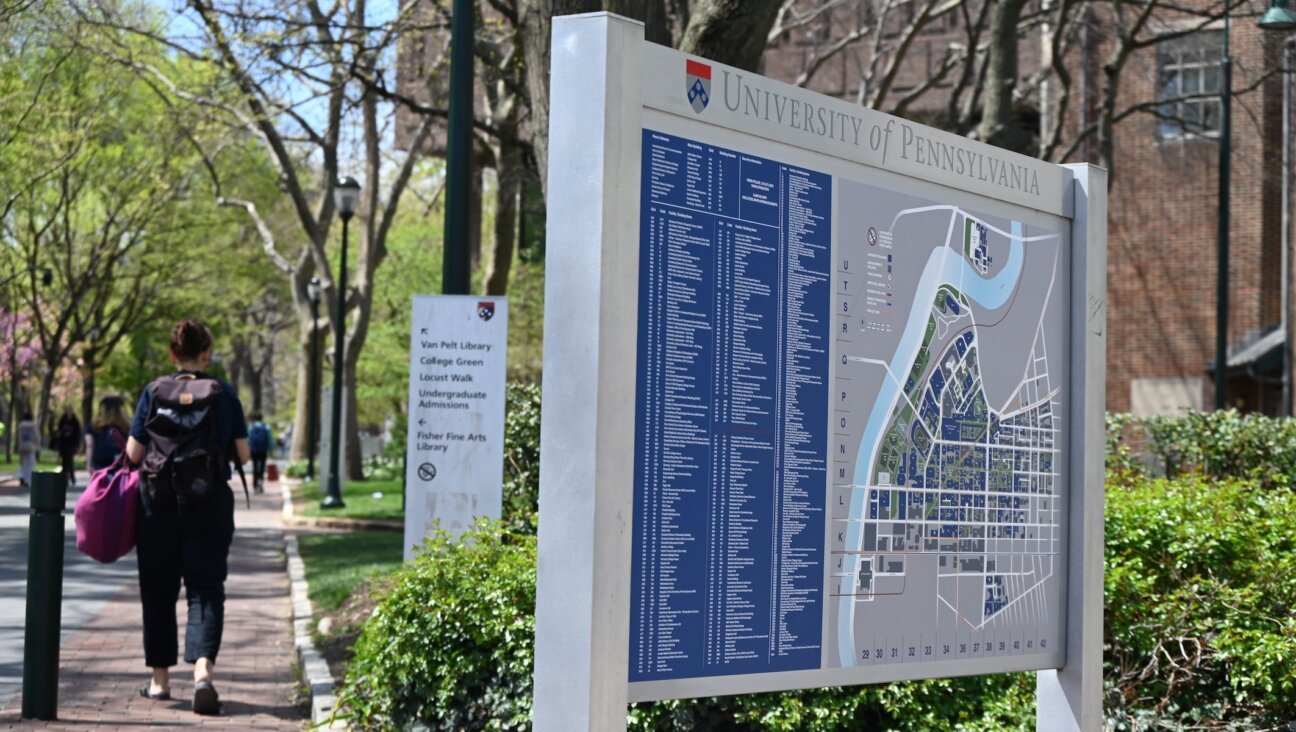IN OTHER WORDS…
In God He Trusts: Writing in the September issue of GQ, Guy Lawson takes a stab at retracing President Bush’s religious transformation from hard-drinking oil man to God-fearing president. Titled “George W.’s Personal Jesus” and accompanied by an illustration depicting Bush as the Christian messiah, the article is packed with worthwhile tidbits regarding Bush’s religious transformation. It also describes White House efforts to communicate with Evangelical Christians in a sort of code, without Bush having to mention religion specifically. For example, Lawson writes, aides will attempt to have the president pose with Evangelical Christian athletes and celebrities. “Secular fans don’t necessarily know about the faith of the famous, but Christians know them all,” Lawson explains.
In Bush’s last State of the Union address, Lawson writes, the president cribbed from a famous hymn when he declared: “Yet there is power, wonder-working power, in the goodness and idealism and faith of the American people.”
Despite such interesting nuggets, the article suffers from being built around a faulty premise: that the administration is working to conceal the details of his personal faith.
“For Bush, despite the constant presence of religion in his words, the most basic facts of his worship and beliefs are a mystery,” Lawson writes. Bush is a master of “politicizing religion,” Lawson adds, but the “central question of his presidency is: What does W. believe?”
The real question, however, is: What’s the big secret? As Lawson himself notes, Bush acknowledged during his race to become governor of Texas that non-Christians were destined for hell, and during a presidential primary debate he named Jesus as his favorite political philosopher. Sure, some Americans would like to know more, but those two bits of information are probably more than enough for voters unnerved by the image of Bush praying on the eve of war.
* * *|
The Scholar Strikes Back: Following the rules of what he dubs “confirmation etiquette,” Middle East scholar Daniel Pipes has kept quiet for months as Arab groups and several Democratic senators waged a campaign against his nomination to the board of the United States Institute of Peace. But after the appointment became official last week, Pipes responded directly to attempts to portray him as a biased, anti-Muslim scholar.
In an August 26 column in the New York Post, titled “On Being Borked,” Pipes wrote: “The accusations remain painful to me. I’ve spent two-thirds of my life studying the Middle East, learned the Arabic language, traveled the Muslim world, lived three years in Cairo, taught courses on the region at Harvard and specialized on it at the State and Defense departments.”
Pipes accused his critics of “cherry-picking” quotes from his writings and citing them out of context in an attempt to “malign” him. For example, he said, critics objected to a 1990 article, in which he argued that Western Europe could have problems with Muslim immigration because Europeans “are unprepared for the massive immigration of brown-skinned peoples cooking strange foods and maintaining different standards of hygiene.”
The derogatory references to Muslim immigrants, Pipes said, were meant to reflect European sentiments, not his own. That would have been clear, he added, had critics included the next two sentences from his 1990 article: “The movement of Muslims to Western Europe creates a great number of painful but finite challenges; there is no reason, however, to see this event leading to a cataclysmic battle between two civilizations. If handled properly, the immigrants can even bring much of value, including new energy, to their host societies.”
In the end, Pipes wrote in his New York Post column, the problem is that “my enmity toward militant Islam sometimes gets misunderstood as hostility toward Islam itself.”
















